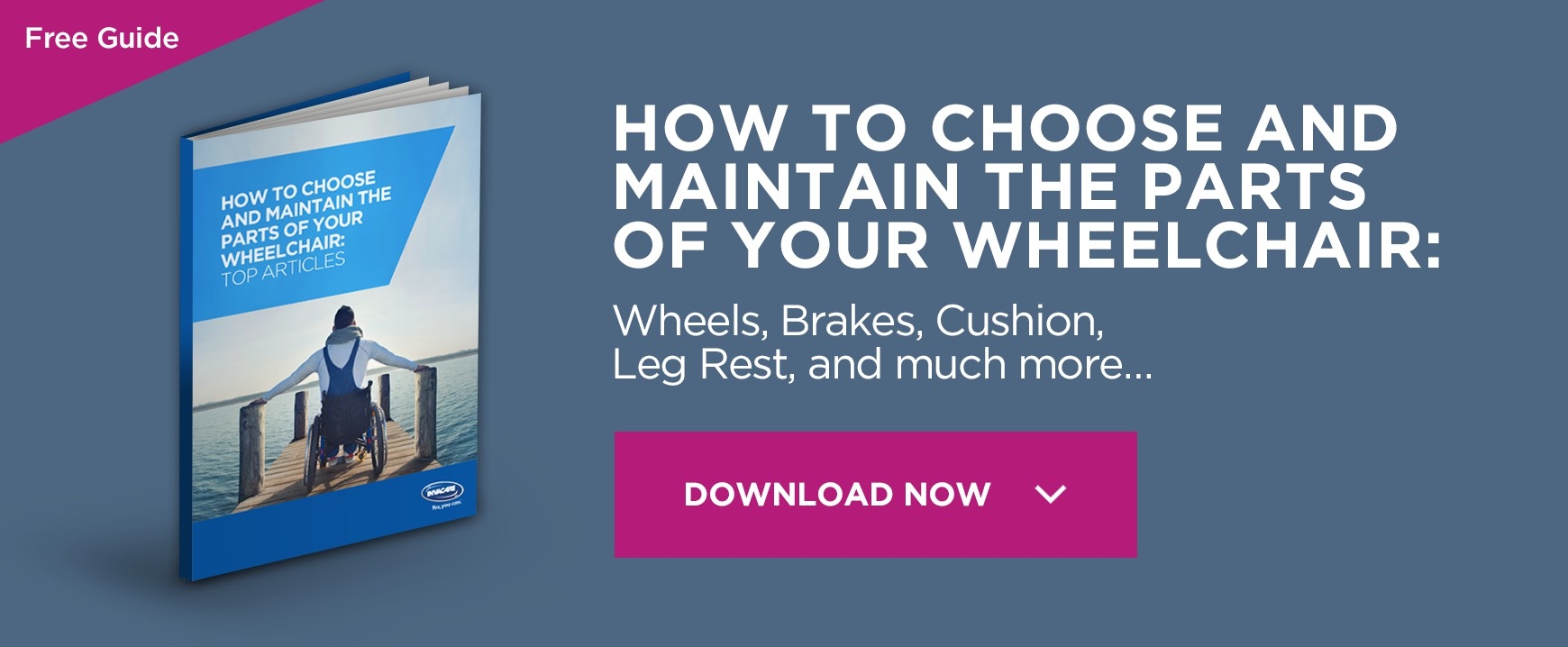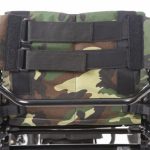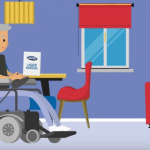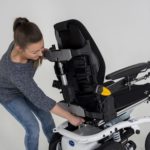How to charge and maintain a power wheelchair battery

You have just bought a new power wheelchair and you’re very happy with your choice. Like any other power wheelchair user, you have several expectations regarding the driving range of your chair. To achieve high mobility, independence and freedom, security, safety and after all the ability to come home as expected.
But these highly depend on your wheelchair battery! Have you ever felt that your brand new power wheelchair does not reach the range mentioned in the technical specifications? How can you increase the range? What can you do to ensure the life of the battery? Below we will discuss some tips regarding wheelchair battery maintenance that will allow you to achieve the above at the best degree possible.
Important note: Please keep in mind the information included in this article applies to specific types of batteries, namely Gel and AGM. It doesn’t apply to Wet or lithium-ion technology batteries.
Factors influencing the driving range of power wheelchairs
The driving range of a power wheelchair depends on two types of factors, fixed and varying. The varying factors are:
- Payload
- Ground’s surface and properties
- Environmental influence
- Driving behavior
- Tyre’s air pressure
- Powered options (actuators)
- Battery’s capacity
The fixed factors are:
- Weight of product
- Size of batteries
- Propulsion type and drive technology
- Weight distribution of the product
Let’s have a look at those in some detail.
Varying factors considerations
Payload
The payload on a power wheelchair is the combination of the user’s weight and items being transported on the wheelchair (e.g. respiratory products). Since most users and loads are not as heavy as the specified product’s maximum payload, the positive impact on the driving range can be quite big.
Ground’s surface and properties
Smooth, hard surface will reduce power consumption. On the other hand, driving on soft, uneven, rough or slippery ground will increase the power consumption.
Environmental influence
Low temperature influences the viscosity (i.e. how “thick to flow” the battery liquids become) of the battery’s lubricate. At temperatures between -5°C to -10°C the lubricate loses viscosity and the driving range can be reduced by approx. 10% (in this case the battery’s capacity is only temporarily reduced). The ideal operating temperature for batteries is within the range of 18°C to 25°C. At 0°C the battery is losing approx. 30% and at +30°C approx. 10% of its nominal capacity.
Driving behavior
Stop & Go, slope, kerb climbing & turns are energy consuming actions.
Air pressure of tyres
Low air pressure increases rolling resistance. 1 bar decrease of pressure can cause 20% decrease of driving range.
Powered options (actuators)
Powered options (such as tilt, recline, powered leg rest or riser functions) drain energy. Frequent use of those options reduces the driving range.
Battery’s capacity
The battery’s capacity defines the power which is available to operate the chair. Low charge, low temperature and aging are factors that reduce the capacity and driving range. Therefore, here are some “Dos” & “Don’ts” regarding battery maintenance:
- DO Load the batteries, even when not in use
- DO Drive with constant speed if possible
- DO Keep the air pressure according to the specifications
- DON’T do unnecessary turns and slalom drives
- DON’T carry unnecessary loads
Fixed factors considerations
You should consider the following before purchasing a power wheelchair.
Weight of product
Lighter chair will consume less energy.
Size of batteries
Bigger batteries with higher capacity will allow longer driving range (but increase total weight).
Propulsion type and drive technology
Motor / gearbox combination has influence on the energy demand and driving range. Rear wheel drive chairs consume more energy than center or mid wheel drive chairs.
Weight distribution of the product
Higher load on the castors will cause higher energy consumption during manoeuvring
Some further factors to consider
Moreover, please pay attention to these considerations as they are very important for your batteries best function.
Priming
Priming is a critical issue in a battery’s life cycle. It is done by the first charging and should last between 18 and 24 hours.
Formatting
Formatting is completing the production process and occurs while charging / discharging cycles. The first 5 charging / discharging cycles should be kept flat. In fact, new dry batteries normally reach their full capacity after 50 to 100 cycles. Keep in mind that new batteries right out of production simply can not achieve their full capacity right from the start!
Battery Storage
Battery electrolytes must not become frozen! Freezing point of sulphuric acid is at -36°C, but at 0°C if fully discharged!
General information on charging
New batteries should always be fully charged once before their first use. New batteries will be at their full capacity after having run through approx. 10 – 20 charging cycles (break-in period). This break-in period is necessary to fully activate the battery for maximum performance and longevity. Thus, range and running time of your mobility device could initially increase with use. Gel/AGM lead acid batteries do not have a memory effect as NiCd batteries. Please follow the instructions listed below to ensure safe use and longevity of the batteries:
- Charge 18 hours prior to initial usage
- It is recommended to charge the wheelchair battery daily after every discharge even after partly discharge, as well as each night over night
- Depending on the level of discharge, it can take up to 12 hours until the batteries are fully charged again
- When the battery indicator reached the red LED range, charge the batteries for 16 hours minimum, neglecting the charge complete display!
- Try to provide a 24 hour charge once a week to make sure that both batteries are fully charged
- Do not cycle your batteries at a low state of charge without regularly recharging them fully
- Do not charge your batteries under extreme temperatures. High temperatures above 30 °C are not recommended for charging as well as low temperatures below 10 °C
- In not just a few cases, especially when the user is severely disabled, assistants and/or family members have to be instructed in detail.
How to look after your Power Wheelchair battery
To summarize things
It is a fact that rechargeable batteries are consumable goods due to natural loss of capacity and life cycle. As a user you must understand the importance of treatment. Careful treatment can extend the life cycle through full charging whenever possible, long time storage in cool temperatures, avoiding freezing, monitoring and charging when stored once a month , avoiding deep discharge In addition to priming and formatting when new and flat cycling when new 5 times. Finally, please keep in mind that battery full capacity Is achieved only after minimum of 10-20 charging cycles and in order to avoid losing driving range minimize unnecessary wheelchair battery power consuming actions.







